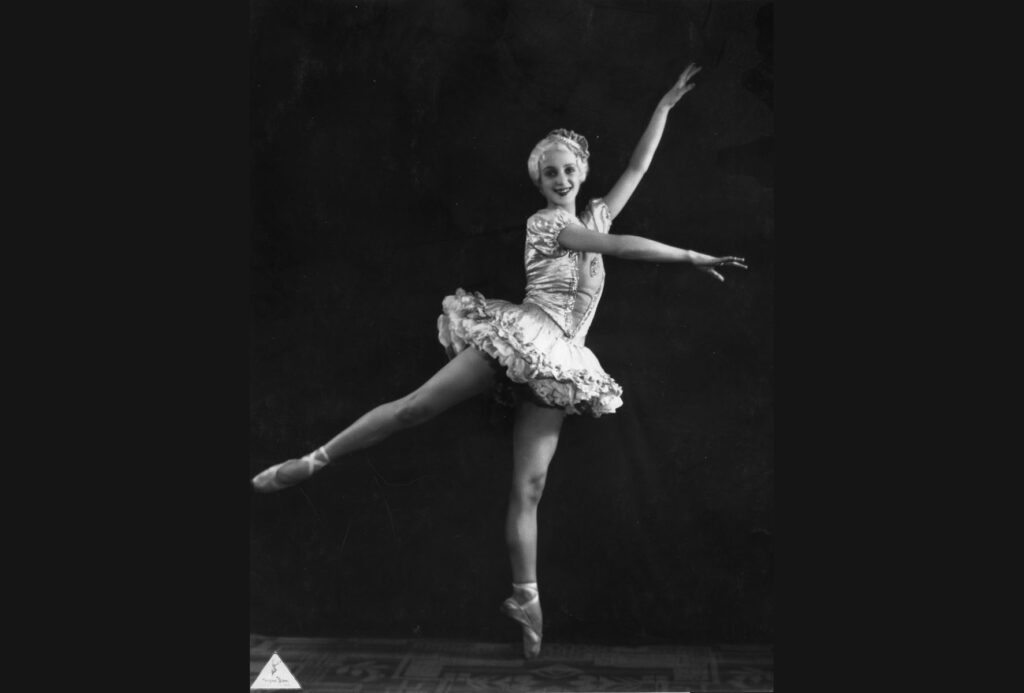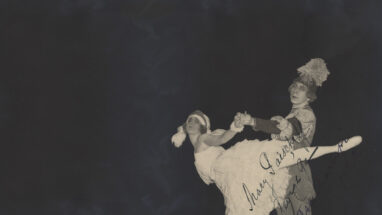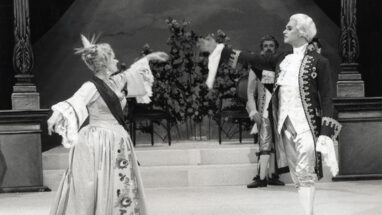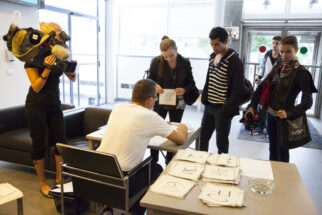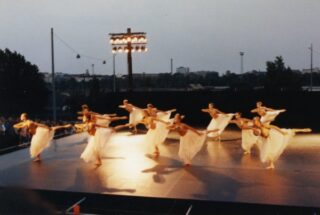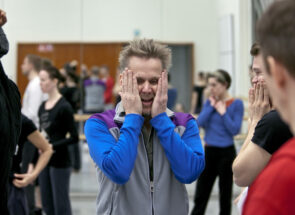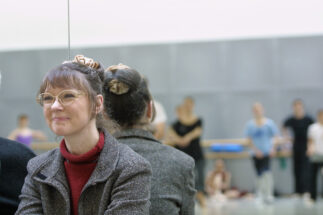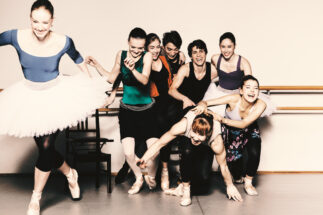Ballet as a visual form of art has always fascinated film and television producers. The dancers of the Finnish Opera Ballet often performed in the dance scenes of Finnish film productions, which provided them with valuable extra income. The spectacular dance scenes were a key part of many films.
The first full-length ballet to be made into a film in Finland was Irja Koskinen’s choreography of Pessi and Illusia to Ahti Sonninen’s music in 1954, which had been immensely popular on the dancers’ summer tour. The film and the ballet were both based on Yrjö Kokko’s well-known fairy-tale. The same dancers were seen in the film as on the summer tour and in the Opera House performances, with Doris Laine, Heikki Värtsi, and Maj-Lis Rajala in the lead roles. The filming took place at Otaniemi sports centre, which was temporarily turned into a studio.
Part of early TV history
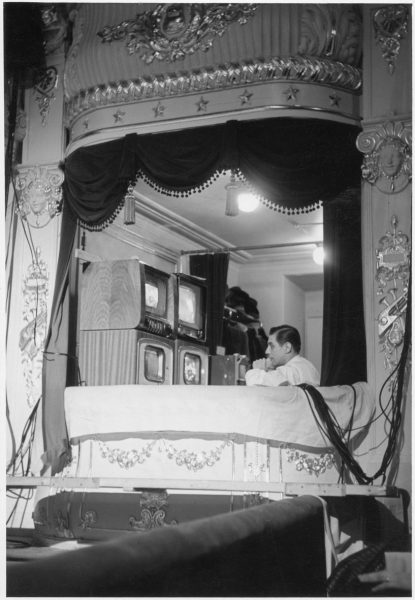
At the end of the decade, the Finnish television industry took its first tentative steps. Technical students started their own television club, airing its first broadcast in 1955. Their TV channel, TES-TV, produced Finland’s first cable broadcast via cables pulled from a nearby studio to the Opera House, beating the Finnish Broadcasting Company Yle to it. No recordings have been preserved of this first ever live TV broadcast of Swan Lake, which was only seen by a rather restricted audience. It’s estimated that there were no more than a couple of thousand television receivers in Finland at the time.
In 1965 the Finnish Broadcasting Company Yle made a TV production of Elsa Sylverstersson’s ballet Sinuhe, based on Mika Waltari’s epic novel and set to Einar Englund’s music. The performance featured several dancers from the Finnish Opera Ballet, for instance Matti Tikkanen and Seppo Koski along with Sylvestersson herself, but the production was commissioned exclusively for television by Yle and performed only in a studio.
As producing ballet for television was both challenging and expensive, it took another 20 years for another entire ballet performance at the Opera House to be filmed by TV cameras. On 30 December 1976, Swan Lake was live broadcast to the entire nation on television. This time around, some of the audience could already enjoy Ulrika Hallberg and Jarmo Rastas spectacular performances of the lead roles in full colour. Since then, Yle continued to produce live broadcasts and recordings, such as Gayane in 1978, Act II of the Blue Pearl by the Ballet School of the Finnish National Ballet in 1981, and Marjo Kuusela’s Ronia, the Robber’s Daughter in 1993.
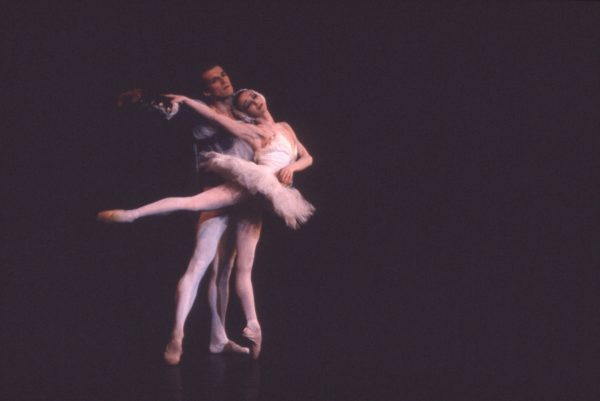
When the new Opera House was inaugurated in 1993, its first premiere, Swan Lake, was live broadcast on television. The critic of the Helsingin Sanomat national newspaper, Jukka Kajava, described the production as atrocious: in his opinion the lack of close-ups made it no better than watching it from a distant seat on the balcony. He argued that audiences should be able to see the performance closer up on television than from the front row. Since then, broadcasting technology has seen radical advances. Today, robotic cameras complement traditional cameras to showcase performances from a wide variety of camera angles.
Productions televised from the new Opera House also include Don Quixote in 1999, Jorma Uotinen’s Evangelium in 2000, and Marilena Fontoura’s R & J in 2003.
Regular live broadcasts start online
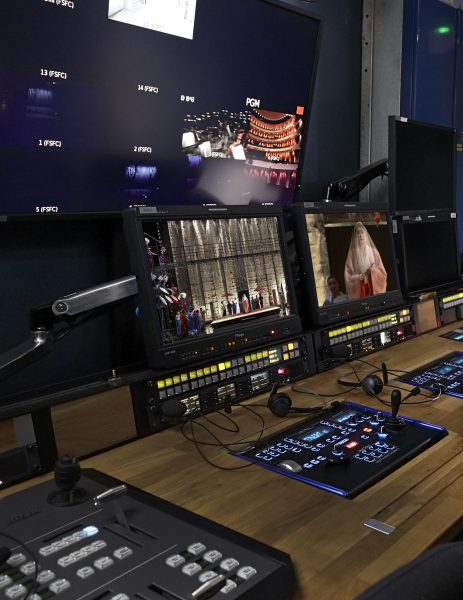
More regular broadcasts from the Opera House started in the 2010s, as live streaming opportunities online improved and a permanent streaming rights contract was signed by the artists. The Opera House was equipped with state of the art equipment and technology. After the construction of a live streaming control room, some of the broadcasts have been made using only robotic cameras directed from the control room.
The Finnish National Opera and Ballet has collaborated with the Finnish Broadcasting Service Yle and the Helsingin Sanomat national news media to broadcast productions at its own Stage24 streaming service, on Yle TV channels, and the streaming services of Yle and Helsingin Sanomat. Most of these have been available to watch both live and as recordings across the globe, while some have also been aired by international streaming services, such as the European culture channel Arte and the Opera Platform.
The first live broadcast to be featured by both Yle and international live streaming services was Tero Saarinen’s Kullervo in 2015. A total of nearly two dozen ballets have been broadcast either live or as recordings by spring 2022. In addition to the TV broadcasts, Kenneth Greve’s popular ballet The Snow Queen was shown in Finnish cinemas in 2015.
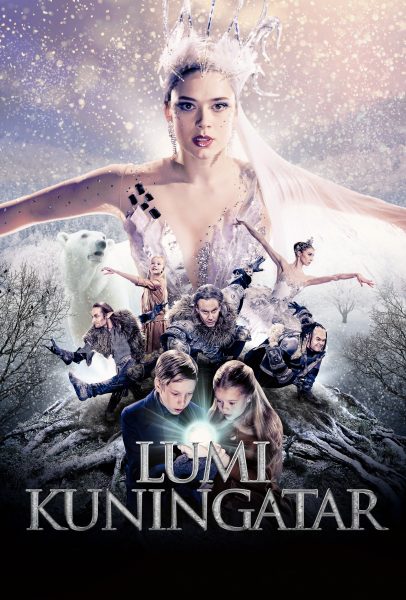
Recordings of performances became more important than ever during the COVID-19 pandemic. As live performances were cancelled, past performances were published again for the audience to watch at home. With all other cultural events cancelled, these recordings were astoundingly popular.
The pandemic meant that, for the first time, some premieres even took place on live television or online without the presence of an audience. Two contemporary dance productions of the Youth Company of the Finnish National Ballet, Flock and Golden, were produced only on video and broadcast at Stage24. In January 2022, at the start of the centenary year of the Finnish National Ballet, a new version of Swan Lake premiered on live TV, as the pandemic stopped performances until March.
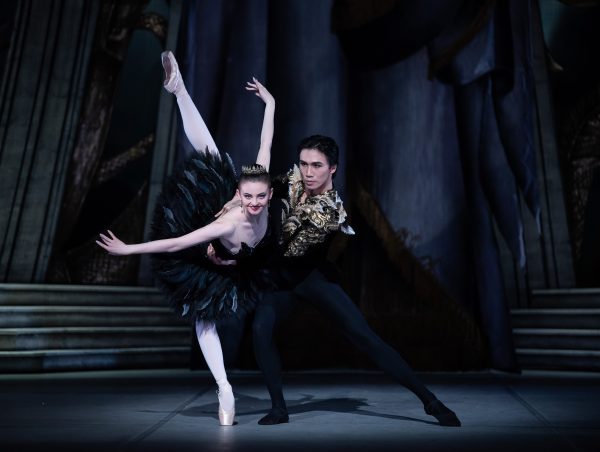
Text JUSSI ILTANEN
Photos: THE ARCHIVES OF THE FINNISH NATIONAL OPERA AND BALLET (TV-kuva/Tuomi, Veikko Kankkunen, Heikki Tuuli, Roosa Oksaharju)
Sources:
The archives of the Finnish National Opera and Ballet
The archives of the Finnish Broadcasting Company Yle
Helsingin Sanomat 29.10.1976, 13.5.1979, 14.3.1993, 21.2.2010



